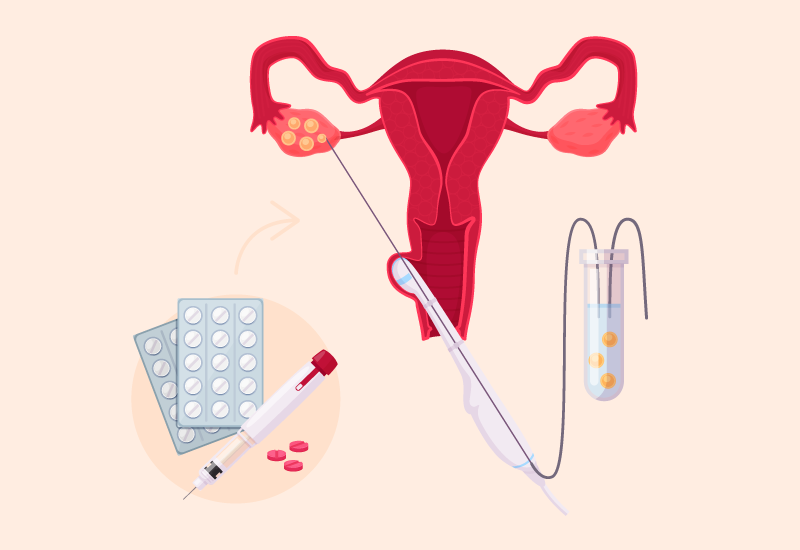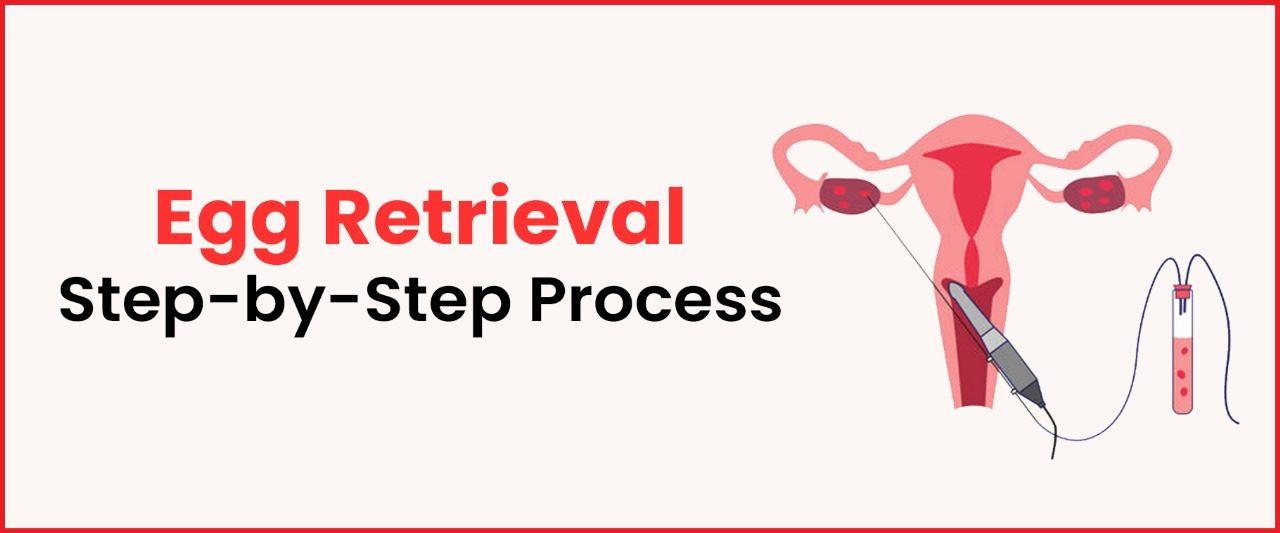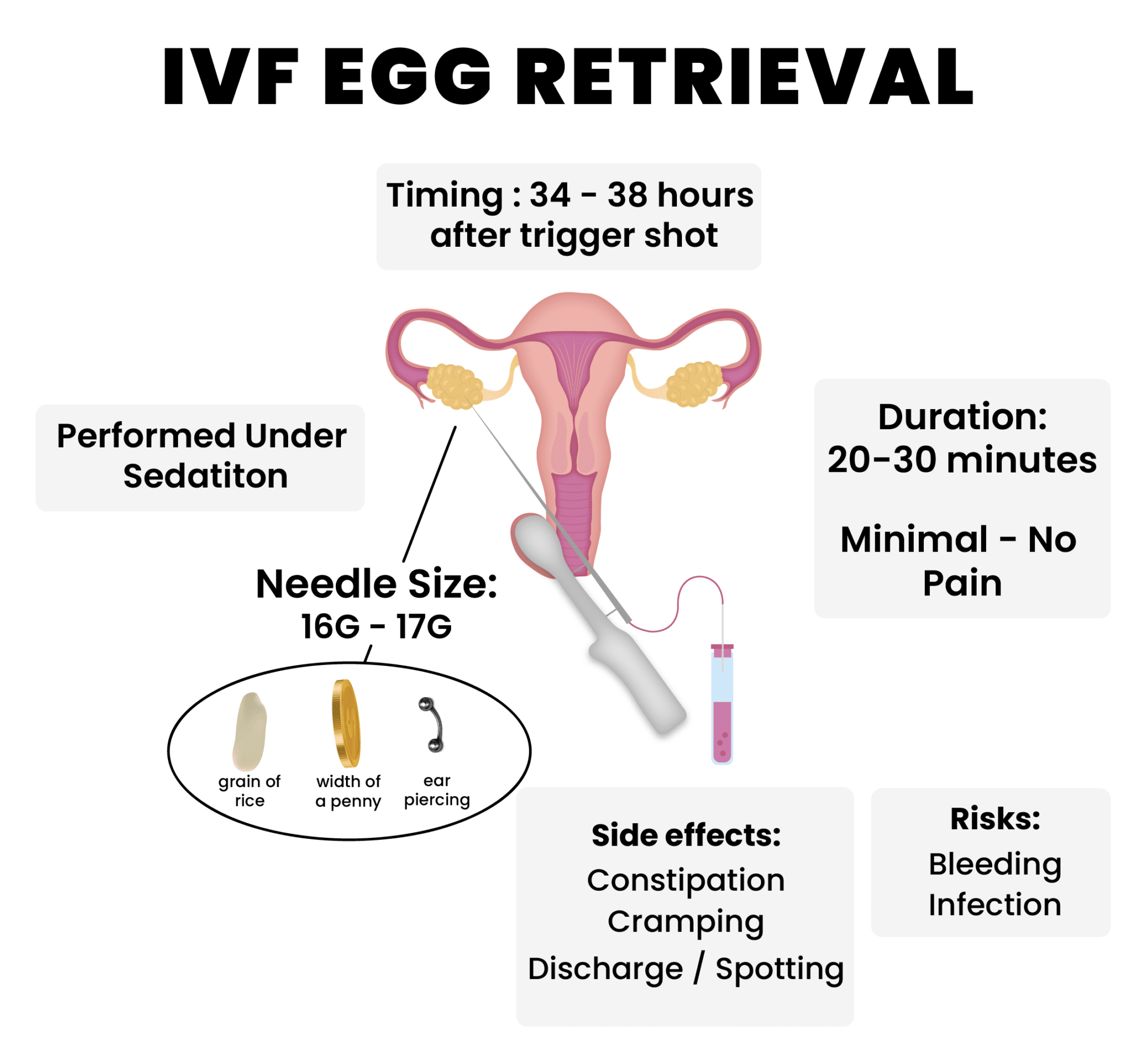
IVF Ruined My Body: A Deep Dive into the Hidden Struggles and How to Reclaim Your Life
April 11, 2025
J.D. Vance’s IVF Stance: What You Need to Know About His Views and Why They Matter
April 11, 2025IVF Egg Retrieval: Your Complete Guide to the Process, Secrets, and What to Expect
Welcome to the wild, wonderful, and sometimes mysterious world of IVF egg retrieval! If you’re here, you’re probably curious about what happens during this key step of in vitro fertilization (IVF), or maybe you’re gearing up for it yourself. Either way, you’re in the right place. This isn’t just another boring medical rundown—we’re diving deep into the nitty-gritty, uncovering hidden details, and sharing practical tips that’ll make you feel like a pro. From the science behind it to the little-known quirks that fans of fertility journeys obsess over, we’ve got you covered. Let’s break it all down!
What Is IVF Egg Retrieval, Anyway?
IVF egg retrieval is like the big halftime show of the IVF process. It’s the moment when doctors collect mature eggs from your ovaries so they can be fertilized in a lab. Think of it as harvesting the tiny stars of your future family! This step usually happens after weeks of hormone shots that encourage your ovaries to produce more eggs than they would in a normal cycle. Once those eggs are ready, a doctor uses a special tool to gently pluck them out—don’t worry, you’re sedated for this part!
Why It’s a Big Deal
Egg retrieval isn’t just a medical procedure; it’s a turning point. For many, it’s the first real sign that a baby might actually be in their future. But here’s a fun fact most people don’t know: the number of eggs retrieved can vary wildly from person to person. Some folks get 5, others get 20—it’s like a surprise grab bag! This unpredictability is part of what makes the process so fascinating (and a little nerve-wracking).
How It Fits Into the IVF Puzzle
Before egg retrieval, you’ll go through ovarian stimulation—those daily injections you’ve probably heard about. After retrieval, the eggs meet the sperm in a lab dish, and if all goes well, they turn into embryos. Then, it’s on to embryo transfer or freezing for later. Egg retrieval is the bridge between “hoping” and “happening,” and it’s packed with moments that’ll keep you on your toes.

The Egg Retrieval Process: A Step-by-Step Breakdown
Let’s walk through what happens before, during, and after egg retrieval. This isn’t just a checklist—it’s a peek behind the curtain, with details you won’t find in every article out there.
Before the Big Day
Preparation is everything. Here’s what goes down in the weeks leading up to egg retrieval:
- Hormone Shots: For about 10-12 days, you’ll inject yourself (or have a partner help) with meds like FSH (follicle-stimulating hormone) to boost egg production. It’s like giving your ovaries a pep talk!
- Monitoring: You’ll visit the clinic every few days for ultrasounds and blood tests. Doctors are checking how many follicles (those egg-holding sacs) are growing and when they’re ready.
- The Trigger Shot: About 36 hours before retrieval, you’ll get a final injection (usually hCG or Lupron) to ripen those eggs. Timing is critical—miss it by a few hours, and the eggs might not be ready!
Pro Tip: Keep a cute notebook or app to track your shots. Some people even name their syringes (like “Stabby McStabface”) to make it fun!
During the Procedure
Here’s where the action happens:
- Sedation: You’ll be given IV sedation or light anesthesia. You won’t feel a thing and might even dream about puppies or pizza.
- Ultrasound Magic: A doctor inserts an ultrasound probe into your vagina (yep, that’s the route!) to see your ovaries. Attached is a super-thin needle.
- Egg Collection: The needle gently punctures each follicle, sucking out the fluid—and the egg inside—into a tube. An embryologist checks each one under a microscope. It takes about 15-30 minutes total.
- Quick Stats: On average, 8-15 eggs are retrieved, but it depends on your age, health, and how your body responds.
Fun Fact: The embryologist sometimes plays “egg hide-and-seek” because not every follicle has a mature egg. It’s like a mini treasure hunt in the lab!
After the Retrieval
Once it’s over, you’re not quite done yet:
- Recovery: You’ll rest in a recovery room for 1-2 hours. You might feel groggy, bloated, or crampy—totally normal.
- The Egg Count: Before you leave, you’ll find out how many eggs they got. It’s a big moment—some people cheer, others hold their breath.
- Next Steps: The eggs head to the lab for fertilization, while you head home to chill.
Heads-Up: You can’t drive after sedation, so bring a buddy. Bonus points if they bring snacks!

The Secrets Fans Love: What’s Really Going On?
Egg retrieval isn’t just science—it’s full of quirks and surprises that fertility fans geek out over. Let’s spill some tea that doesn’t always make it into the standard guides.
The Emotional Rollercoaster
This isn’t just a physical process—it’s a feelings fest! One minute you’re excited about the egg count, the next you’re stressing over whether it’s “enough.” Some folks even admit to secretly hoping for a lucky number—like 13 eggs for good vibes!
Weird Body Stuff No One Talks About
Your body does some odd things during this phase:
- Bloated Like a Balloon: Those hormone shots can make you feel puffy. One woman said she looked “five months pregnant” before retrieval!
- Mood Swings: Hormones might turn you into a weepy rom-com fan one day and a snack-hoarding dragon the next.
- Phantom Ovary Twitches: Some people swear they feel their ovaries “talking” during stimulation. It’s not proven, but it’s a fan favorite story!
Hobbies That Help
People get creative to cope. Here’s what some IVF warriors do:
- Knitting Egg Cozies: Yep, some knit tiny “egg warmers” as a quirky good-luck charm.
- Egg Retrieval Playlists: Fans share Spotify lists with upbeat tunes like “Sweet Child O’ Mine” to vibe through the shots.
- Journaling: Writing daily “letters to my eggs” is a sweet trend that’s catching on.
How Many Eggs Should You Expect?
This is the million-dollar question—and the answer isn’t one-size-fits-all. Let’s break it down with some fresh data and real talk.
What the Numbers Say
A 2023 study from the American Society for Reproductive Medicine found:
- Under 35: Average of 10-20 eggs retrieved, with a 45% chance of a live birth per cycle.
- 35-37: Average of 8-15 eggs, 32% live birth rate.
- 38-40: Average of 6-12 eggs, 20% success rate.
- Over 40: Average of 3-8 eggs, dropping to under 10% success.
But here’s the kicker: more eggs don’t always mean better odds. Quality beats quantity every time.
The “Sweet Spot” Debate
New research from 2024 suggests 16-20 eggs might be the magic range for the best cumulative live birth rate (CLBR)—that’s the chance of a baby after using all embryos from one retrieval. Beyond 20, the risk of ovarian hyperstimulation syndrome (OHSS) creeps up, so doctors aim for balance.
Dr. Tiffany Jones, a fertility specialist, says: “It’s not about getting the most eggs—it’s about getting the right eggs. Think quality, not just quantity.”
What Affects Your Egg Count?
- Age: Younger ovaries usually pump out more eggs.
- Ovarian Reserve: Tested via AMH levels—low reserve means fewer eggs.
- Stimulation Response: Some bodies love the meds, others play hard to get.
Quick Tip: Ask your doctor about your antral follicle count (AFC) before starting—it’s like a sneak peek at your egg potential!
Risks and Realities: What Could Go Wrong?
Egg retrieval is super safe overall, but it’s not risk-free. Here’s what to watch for, plus how to handle it.
Common Side Effects
- Cramping: Like mild period pain, usually gone in a day.
- Spotting: A little blood is normal—pads, not tampons, are your friend.
- Bloating: That “full” feeling might stick around for a few days.
Rare but Serious Risks
- OHSS: Overstimulated ovaries can swell and leak fluid. Symptoms include severe pain or rapid weight gain—call your doctor ASAP if this happens (less than 1% chance).
- Infection: Super rare (1 in 200 cycles), but antibiotics usually fix it.
- Bleeding: Tiny chance of nicking a blood vessel—handled quickly by pros.
How to Stay Safe
✔️ Follow your doctor’s post-op rules (rest, no heavy lifting).
✔️ Hydrate like it’s your job—water helps flush out the sedation.
❌ Skip ibuprofen—stick to Tylenol for pain.
❌ No baths or hot tubs—stick to showers to avoid infection.

Practical Tips to Rock Your Egg Retrieval
Want to ace this step? Here’s a game plan based on real experiences and the latest tricks.
Before Retrieval
- Eat Smart: Load up on protein (eggs, nuts) and antioxidants (berries, spinach) to support egg health.
- Sleep Like a Champ: Aim for 8 hours—your ovaries love a rested body.
- Dress Comfy: Loose pants and a cozy hoodie make the clinic trip a breeze.
During the Waiting Game
- Distraction is Key: Binge a funny show or chat with a friend during monitoring visits.
- Ask Questions: Wondering about follicle sizes? Bug your nurse—they love curious patients!
After the Procedure
- Rest Up: Take the day off and binge-watch something silly. Your body deserves it.
- Snack Wisely: Salty crackers or ginger tea can ease nausea.
- Track Symptoms: Jot down how you feel—helps you spot anything weird fast.
Dr. Allison Rodgers, a reproductive endocrinologist, advises: “Prep your recovery nest ahead of time—blankets, water, a good book. It’s your mini-vacation after all that hard work!”
Latest Research: What’s New in Egg Retrieval?
Science is always cooking up something fresh. Here’s what’s hot in 2025:
AI to the Rescue
A January 2025 study from Imperial College Healthcare found that AI can predict the perfect time for the trigger shot by analyzing follicle sizes (13-18mm seems ideal). More mature eggs, better odds—pretty cool, right?
Gentler Needles
Researchers in the UK are testing new needles that create tiny water currents in follicles, snagging eggs more easily. It’s still in early stages (think cow ovaries for now), but it could mean less poking around in the future.
Supplements That Might Help
A 2024 trial hinted that CoQ10 could boost egg quality in women under 35 with low ovarian reserve. It’s not a miracle pill, but worth a chat with your doc.
The Personal Side: Stories and Struggles
Egg retrieval isn’t just data—it’s people. Here’s a glimpse into real experiences.
Jenny’s Journey
Jenny, 34, got 7 eggs on her first try. “I was bummed at first—my friend got 15! But my doctor said it’s about quality. Two embryos worked, and now I’m 20 weeks pregnant. Keep your eyes on the prize!”
Mike’s Support Role
Mike’s wife went through retrieval last year. “I felt helpless, so I made her laugh with dumb egg puns—like ‘you’re egg-straordinary.’ It lightened the mood!”
The Quiet Worries
Some folks whisper about fears no one else mentions—like “What if they get zero eggs?” It’s rare, but it happens. Clinics often tweak the plan and try again, so it’s not game over.
Busting Myths: What You’ve Heard vs. What’s True
There’s tons of chatter out there. Let’s clear the air.
Myth #1: More Eggs = Guaranteed Baby
Truth: Nope! Ten eggs might give you one great embryo, while 5 could give you three. It’s a quality game.
Myth #2: It Hurts Like Crazy
Truth: Sedation means zero pain during. After? Maybe some cramps, but nothing wild.
Myth #3: It Messes Up Your Ovaries Forever
Truth: Your ovaries bounce back. No evidence shows long-term damage.
Dr. Tim Child from Oxford University notes: “IVF myths spread fast, but the science says it’s safer and simpler than ever. Stick to the facts!”

Your Egg Retrieval Survival Kit
Ready to tackle this? Here’s a checklist to make it smooth sailing:
✔️ Comfy Clothes: Sweatpants and slippers for the win.
✔️ Support Squad: A friend or partner to drive and cheer you on.
✔️ Entertainment: A podcast or playlist for waiting rooms.
✔️ Hydration Station: A big water bottle—stay refreshed!
❌ Stress: Leave it at the door. You’ve got this!
Let’s Talk: Join the Conversation!
Egg retrieval is a journey, and we want to hear from you! Drop a comment below:
- What’s your biggest egg retrieval question?
- Got a funny story from your IVF adventure?
- What helped you stay calm during the process?
Let’s build a little community right here—your thoughts might just help someone else feel less alone. And hey, if you loved this guide, share it with a friend who’s on the same path. Together, we’re cracking the egg retrieval code!
